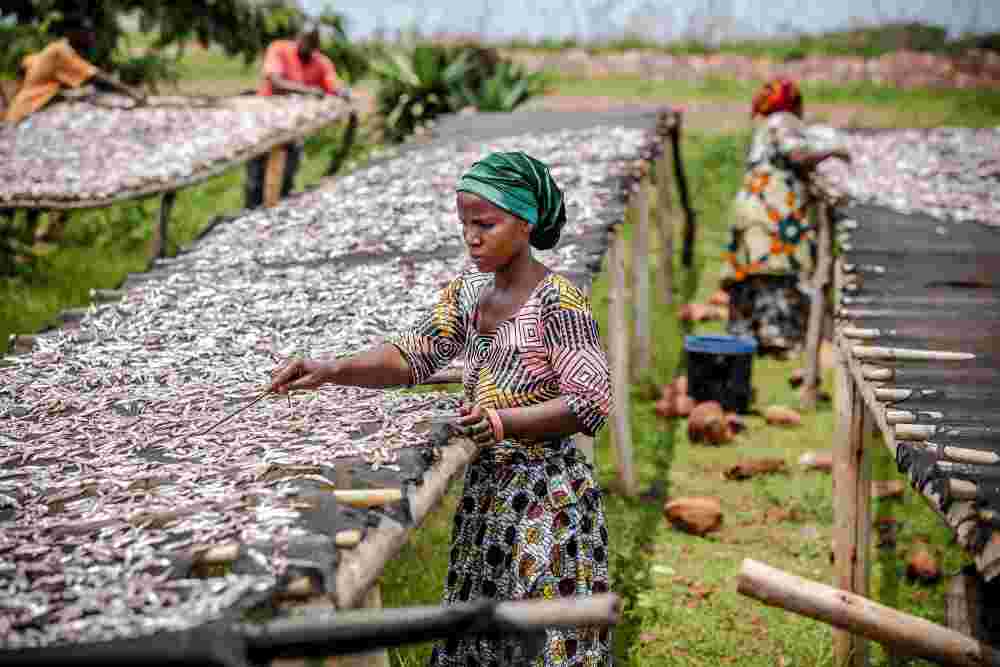Empowering Women in Small-Scale Fisheries for Sustainable Food Systems (2020-2021)
Malawi, 2020 - 2021
Get Microdata
Reference ID
MWI_2020-2021_EWSFSFS_v01_EN_M_v01_A_OCS
Producer(s)
Nicole Franz, Lena Westlund, Molly Ahern
Collections
Metadata
Created on
Feb 06, 2023
Last modified
Mar 10, 2023
Page views
77101
Downloads
877
1.4.3.1 What extension services are provided for small scale fisheries actors (in fishing and secondary activities) that you know about? (x1_4_3_1_what_extension_serv)
Data file: data_anon_kii
Overview
Valid:
10
Type:
Discrete
Width:
255
Range:
-
Format:
character
Questions and instructions
Categories
| Value | Category | Cases | |
|---|---|---|---|
| - Awareness messages on good fishing practices especially when it is closed Season on the lake. - Monitoring BVC committees on sanitation of beaches. - Empowering fisheries groups with modern fishing methods and processing of the fish. - Enforcemen | 1 |
10%
|
|
| - Both men and women have equal access to extension services such as; - Supporting BVC members on modern fishing technologies. - Capacity building for Fisher groups in beach management - Sharing fish handling and processing knowledge with fishing | 1 |
10%
|
|
| - Extension workers conduct needs assessment to fishermen and traders. - Support fisheries groups with modern technologies on fishing. - Ensure research information is cascaded to fishing groups in all the beaches. - Monitoring visits to BVC and Co | 1 |
10%
|
|
| - Fish Marketing. - Mentoring fishing groups on fish handling and processing methods. - Providing research information to fishing groups. | 1 |
10%
|
|
| - Research, Planning and Extension division within Fisheries department support SSF and have Fisheries Assistant. - Fisheries Assistant support stratum (Zone) along the beaches and trained at Malawi College of Fisheries on issues of fish processing, ha | 1 |
10%
|
|
| - Resource management - Fish processing | 1 |
10%
|
|
| - Extension officers available who disseminate information and provide technical support and awareness messages. There are 4 extension workers that are supporting all strata (zone). - Extension services in sharing modern fishing methods, and also how | 1 |
10%
|
|
| - Govt Fisheries Extension workers and REFRESH Technicians and usually guided by Fisheries Policy provide training and mentoring women to monitor fishing activities - Some projects deliberately target women to empower them on cooperatives and savings. | 1 |
10%
|
|
| Extension services are to do with fisheries management through the BVCs and other community members; - fish processing and value addition messages. - enhance the groups to become Cooperatives. | 1 |
10%
|
|
| Provide all Extension services that includes; - Fish management extension services - Fishing technology services - Fish handling, processing and trading services - Formation of fish training groups or cooperatives Entry point for extension worker | 1 |
10%
|
Warning: these figures indicate the number of cases found in the data file. They cannot be interpreted as summary statistics of the population of interest.
